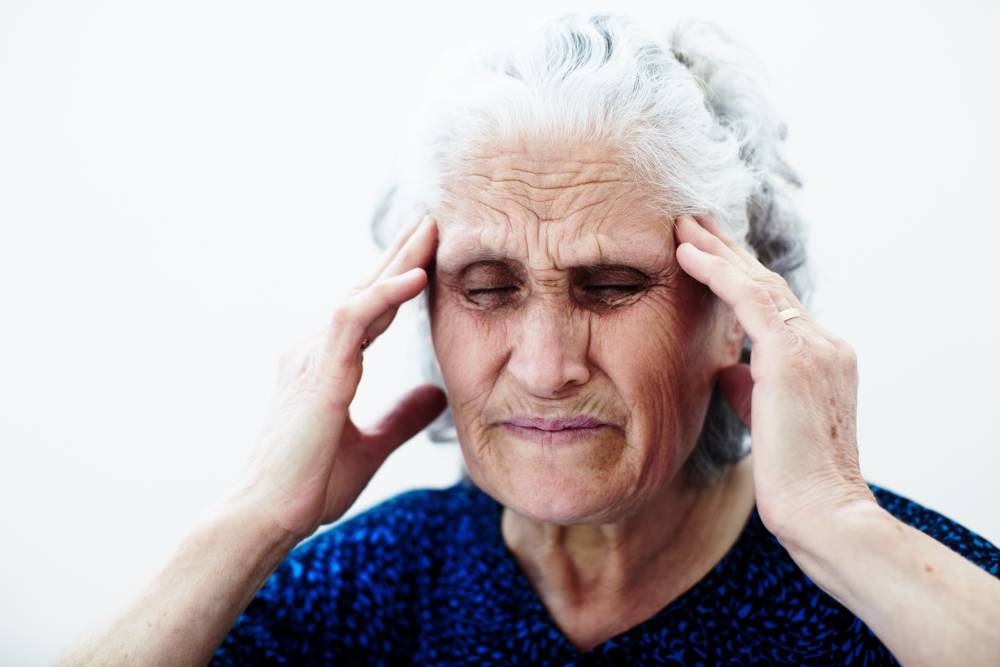
When a person is living in aged care, there is an expectation that their medical and care needs are being adequately met.
This includes pain management, as many people in aged care are dealing with pain because of various comorbidities.
But the reality is that pain is frequently underdiagnosed and undertreated in the elderly and this problem is even more pronounced among residents with impaired cognition.
In fact, 45–93% of residents in aged care facilities have chronic pain.
Nursing staff and carers who look after residents in aged care facilities have a responsibility to proactively monitor for undiagnosed or worsening pain.
Effective pain management relies on good knowledge about pharmacology, and therapies involved, as well as a good understanding of psychology and physiotherapy, and the ability to apply this knowledge to meet individual needs.
In aged care, the nurses and carers on duty have a pivotal role in pain management, and though some facilities do an exemplary job, many staff are lacking in knowledge and awareness.
But why is this the case? Is it from inadequate training, or the approaches for assessing knowledge, perceptions and attitudes to pain management among staff?
In an assessment of peer reviewed literature of pain management, what was found was that there is no “gold standard instrument” currently used to assess knowledge, perceptions and attitudes to pain management.
The most commonly used instrument to assess the knowledge and attitudes was the ‘Knowledge and Attitudes Survey Regarding Pain’ (KASRP) developed by Ferrell and McCaffery in 1987.
This tool has been used in nursing and by other health professionals and has been revised over the years to reflect changes in pain management practice.
The authors of the KASRP instrument state that an 80% score on the instrument should be the minimum acceptable level for the test, and yet none of the studies reported in the literature review achieved this score. In fact, when full-time nursing faculty members were surveyed, they only achieved 71%.
Other instruments used include the Objective Structured Clinical Examination (OSCE), The Health Care Providers Pain and Impact Relationship Scale (HC-PAIRS) and The Back Pain Beliefs Questionnaire (BBQ).
The results of the review showed that regardless of the standardised instruments that are used to assess knowledge, perceptions and attitude to pain management, the knowledge about pain management among nursing and medical students was generally poor.
One solution was the use of pain education programs, however, these are limited in number. The few that were available demonstrated effectiveness in improving nursing students’ pain knowledge and attitudes.
To increase the quality of care offered, there needs to be a focus on:
Mundipharma offers the Pain Advocacy Nurse in Aged Care (PANACEA) program for aged care facilities to try and improve the knowledge of their workers, and assists with the implementation of best practice pain management guidelines in aged care.
By improving the staff’s ability in identifying, assessing and responding to chronic pain in residents, aged care can improve the comfort of older people.
ORBIS AU-4394 Feb18
Aged Care needs to employ more Registered Nurses. PCAs are not legally authorised to medicate patients and should not be administering medications if the RN does not have the time to wait while the resident takes the medication. Residents will continue to be under medicated and inappropriately medicated while this level of staffing is allowed to occur. It is amazing that in a developed country like Australia people can be left in pain for hours and in some cases days and then even die without anyone being held legally accountable. Some of these patients would probably have received better care in jail.
Hello, I enjoy reading all of your article post.
I wanted to write a little comment to support you.
I agree education is key, common sense, but also exposure to the various types of pain.
Throughout my 15yrs of nursing i have learnt about pain management, types of pain, non verbal signs of pain, especially in people loving with dementia.
But even with the above, it comes done to the doctors and if they are willing to perscribe. Since the royal commission stepped in Drs are to scared to perscibe adequate pain relief to the elderly. Even though the nurse’s have documented, completed days/weeks of pain charting it still isnt enough for some. That is also a massive issue we face.